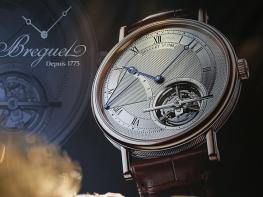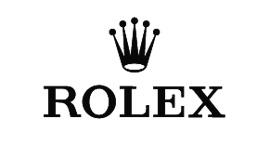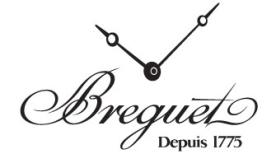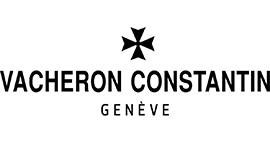I can hardly remember an auction season in the watch world so eagerly awaited by the horological community as the one we just witnessed in Geneva last weekend. In total, some 2000 timekeepers were offered, with two events standing out: The Christie’s evening sale celebrating the 175th anniversary of Patek Philippe, offering some 100 watches spanning over 150 years of the firm’s production, and, without a doubt the highlight of this auction series, the sale of the “Henry Graves Jr. Patek Philippe Supercomplication” at Sotheby’s.
Why was this weekend so important for all watch collectors around the world? First of all because hardly ever before has there been so many watches on offer within less than 100 hours and, especially, so many important watches. Secondly, this sequence of auctions was paying tribute to Patek Philippe, the distinguished Geneva manufacturer celebrating this year its 175th anniversary. All this happening at a time when fine watches by other historical firms, including Audemars Piguet, Breguet, Rolex and Vacheron Constantin (in alphabetical order), are enjoying an increase in popularity amongst the elite of watch aficionados and “dare challenging” Patek Philippe’s top position in the world of watch collecting. It was clearly a stress test for the market and, in particular, for Patek Philippe’s community of collectors.
In short, the four-day long marathon of auctions saw a combined turnover of some CHF 80 million and numerous world records for Patek Philippe watches were broken. So, one can logically conclude that it is appropriate to say “mission accomplished – happy end”. But let us first take a closer look before jumping to conclusions.
Already some 15 minutes before the start of the Christie’s “Patek Philippe 175” evening sale the room was packed with clients coming from all five continents (I counted, seriously!). When lot 1, the original US patent for Adrien Philippe’s watch-bridge design, sold for 10 times the low estimate, it was safe to assume that the sale was going to break all records. But savvy observers in the room quickly noticed (after lot 11 selling at the low estimate) that the bidders had done their homework and that only the rarest and best-preserved pieces would attract strong interest and that less important pieces would sell at more reasonable prices. The top-lot, an uber-rare (only four pieces are known today) pink gold reference 2499, 1st series, from 1951, sold to a collector in the room for CHF 2.629 million, above its high estimate. It is interesting to mention that this very watch was twice at auction during the last ten years, twice at Sotheby’s: once in New York in 2004 (selling then for US $ 926,000) and then again in Geneva in 2008, selling for CHF 1.678 million. This clearly shows in which direction the most important watches are heading. The second highlight of this evening sale was a stunning world-time wristwatch, reference 2523, with blue enamel dial, selling for CHF 2.225 million. In 1997, this watch was sold by Antiquorum for CHF 652,500.
At Sotheby’s, on Monday evening, the absolute highlight came up: the Henry Graves Jr. Supercomplication by Patek Philippe. After a long bidding battle, it was acquired by an anonymous bidder for CHF 23.2 million. Yes, that’s correct, over twenty-three million Swiss francs! You may remember reading my praise and utter admiration for this grail in my recent article (“Can there be a price tag for a Holy Grail?”). Much to my delight, the market did it justice and put it right there where it belongs: it is now officially sitting on top of the mount Olympus of the art world as one of the most important and valuable works of art ever created by mankind, amongst the historically most relevant impressionist paintings, the finest Ming-dynasty vases, the most fabulous motorcars and fascinating diamonds. To me this shows that the two final bidders (one of them the venerable Lebanese jeweller and dedicated watch collector Claude Sfeir, known to you as a distinguished member of the jury of the Grand Prix d’Horlogerie de Genève) not only shared my personal passion and appreciation evidenced by the above cited article, but also translated it into action with their paddles.
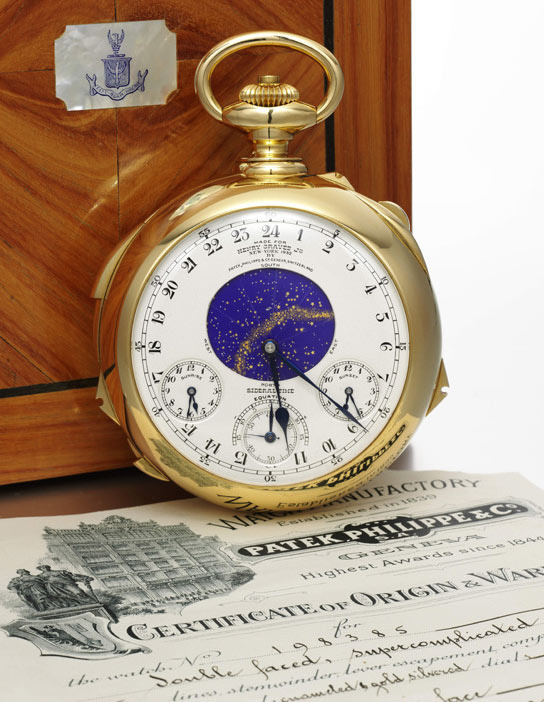
The “regular” day-sales at all auction houses featured a vast variety of rare (and not-so-rare) watches, some incredibly well preserved and original, some less so. And again, the market displayed a great level of maturity and efficiency by rebutting the questionable pieces and paying homage to the exceptional timekeepers. I was pleased to see that Breguet’s “Petite montre à repetition quarts, échappement libre à levees naturelles” was acquired by the Breguet Museum for CHF 605,000, more than tripling its pre-sale estimate. Many historically important Audemars Piguet watches continued to enjoy increasing popularity, notably the earliest calendar wristwatch made for E. Gübelin, made in 1923, selling for CHF 203,000, more than double its low pre-sale estimate (Sotheby’s, lot 332).
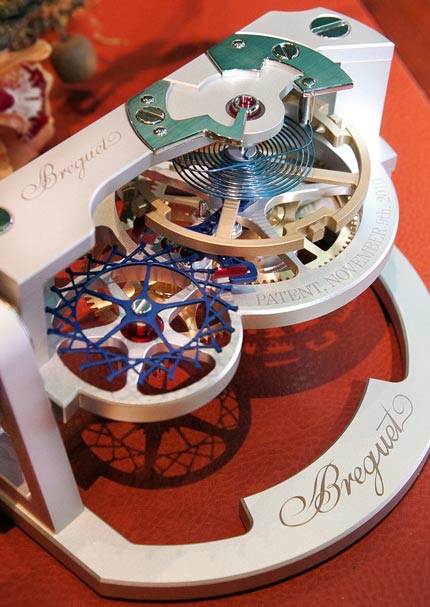
All in all, we can state that the market for collector’s watches has successfully passed the stress test: spirited bidding for high-quality watches, irrelevant of their brands, age or price level, and total silence for watches where originality and condition were compromised. Or, as Cinderella says: “The good ones go into the pot, the bad ones go into your crop."
